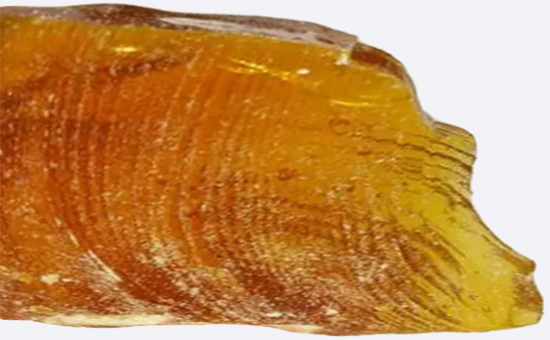Rubber softener can play a role in improving the fluidity, reducing viscosity and improving dispersibility of rubber in the production of reclaimed rubber products, also known as plasticizer or operating oil. When using reclaimed rubber to produce various rubber products, it is necessary to fully consider the characteristics of the mixing process of the softener, including the type of softener, the influence on the dispersion of fillers such as carbon black, and the influence of refueling sequence and time on the dispersion. The rational use of softeners can further improve the processing performance of reclaimed rubber and improve production efficiency.
1. Classification and function of softeners
Rubber softeners are mainly divided into four categories: petroleum products, vegetable oil products, coal tar products and ester plasticizers. Different types of softeners have different characteristics, generally petroleum-based softeners have good compatibility and dispersibility, and vegetable oil-based softeners have good environmental adaptability.
2. Effect of softener type on dispersion
In the production of reclaimed rubber products, it is necessary to use reinforcing agents and fillers such as carbon black, which have a large amount of compounding agent, and the dispersion in the rubber compound directly affects the performance of reclaimed rubber compound; The softener type 2SLYY1215 directly affects its dispersion. Aromatic hydrocarbon oil is similar to the aromatic structure or quinone structure of carbon black, has good compatibility with carbon black, and is easy to disperse carbon black under the shear force of rubber mixer. When using the aniline point to indicate the aromatic content of the operating oil, the lower the aniline point, the more aromatic components, and the higher the compatibility with recycled rubber and carbon black.

In actual production, aromatic oils have the highest dispersion, followed by naphthenic oils, and paraffin oils are the lowest. However, the color of aromatic oil is poor, and aromatic hydrocarbon oil should not be used when using reclaimed rubber to produce light-colored rubber products.
3. The effect of refueling sequence on dispersion
The refueling sequence has a significant effect on the dispersion of carbon black. The oil operating agent will reduce the viscosity of the rubber material, which is not conducive to the dispersion of carbon black; When using reclaimed rubber to produce rubber products, the viscosity of the rubber will increase with the increase of carbon black dosage, which is conducive to dispersion. Adding carbon black first and then adding oil can generate more pressure, which is conducive to the dispersion of carbon black. On the contrary, adding carbon black after adding oil first will reduce the viscosity of the rubber compound, which is not conducive to the dispersion of carbon black. Therefore, carbon black should be added first, followed by oil.
4. The effect of refueling time on dispersion
Determining when to add a softener is critical to ensure its dispersion and compound properties. When mixing reclaimed rubber, the oil is added too early, and sometimes the carbon black is poorly dispersed; If the refueling is too late, it will produce a slippery phenomenon inside the rubber compound, prolong the mixing time, and cause poor mixing. On the premise of ensuring dispersion, it is more reasonable to refuel as soon as possible. To determine the refueling time of reclaimed rubber mixing, the particle size of carbon black needs to be fully considered.

When the particle size of carbon black is small and the dosage is large, such as when the dosage of high wear-resistant furnace black or super wear-resistant furnace black exceeds 50 parts; The particle size of the carbon black used is larger, if it is larger than the fast-pressed furnace black, the refueling time limit is smaller.
When mixing reclaimed rubber, the refueling method will also affect the dispersion to a certain extent, and the softener addition methods are different for different varieties, different forms and different dosages. If the amount of oil used is large, it is advisable to add it in batches, otherwise the mixing time will be delayed, and the mixing time will be shortened by refueling in batches; For solid wax softeners, it is often recommended to heat and melt them before feeding to improve their admixture in rubber. In addition, softeners should be avoided at the same time as powdered fillers to prevent clumping.
The application of softeners in recycled rubber plays a key role in increasing production efficiency and improving product performance. By selecting the type of softener and controlling the refueling sequence and timing, the compounding process can be optimized, the dispersion of the compound and the performance of the final product can be improved.
Exclusive original article [commercial authorization] reprint, excerpt and excerpt in any form are prohibited without written authorization. Focus on Hongyun rubber: learn the process formula and raw material technology of producing rubber products from recycled rubber to help you reduce costs and increase profits